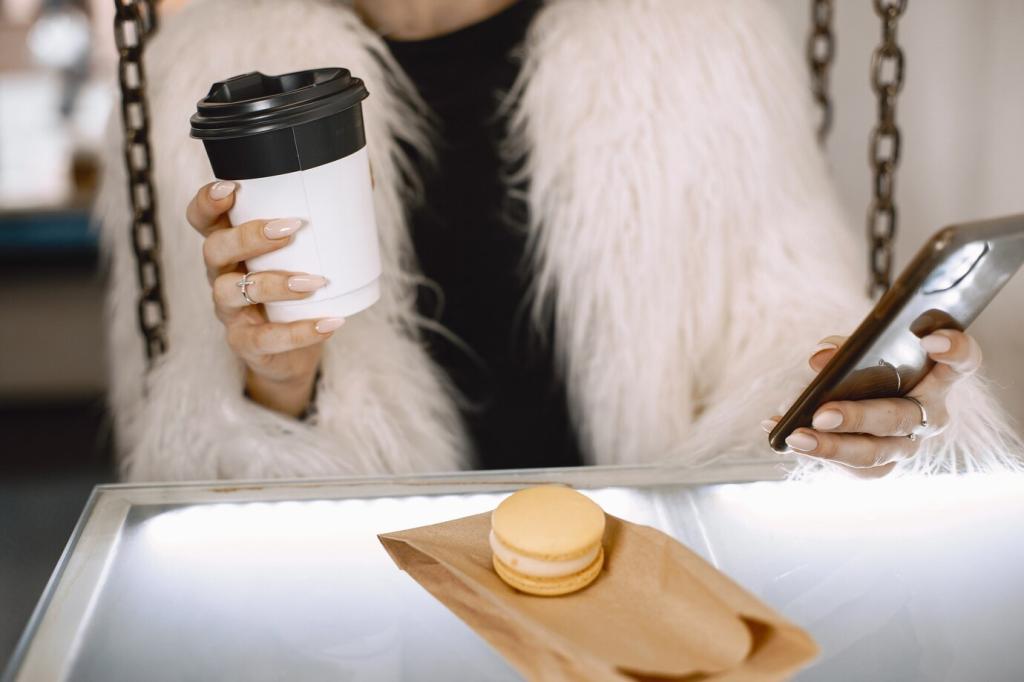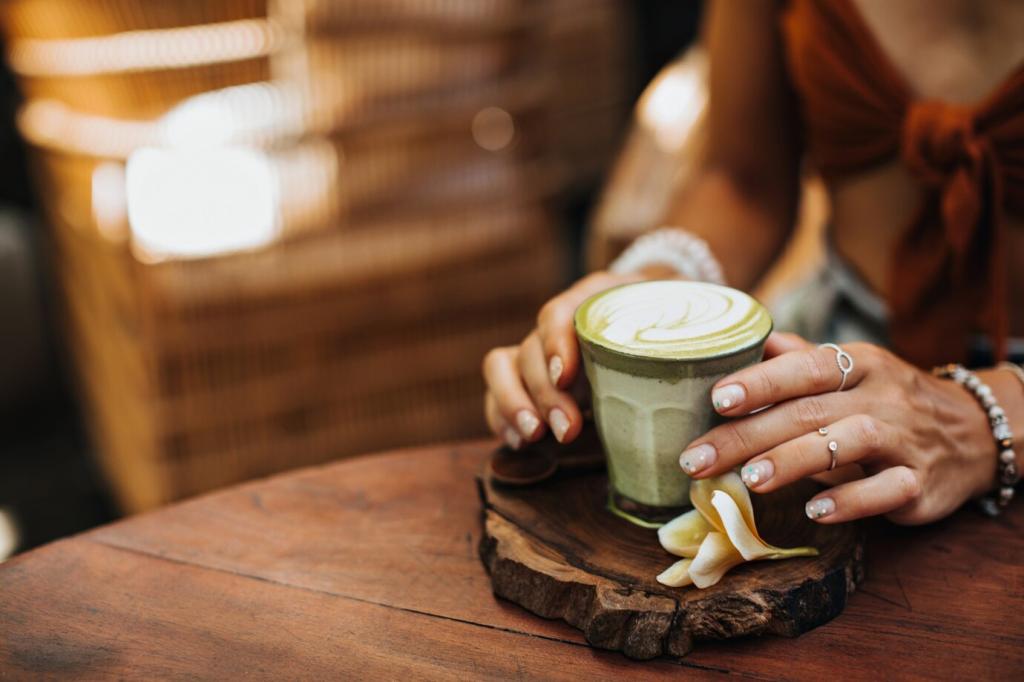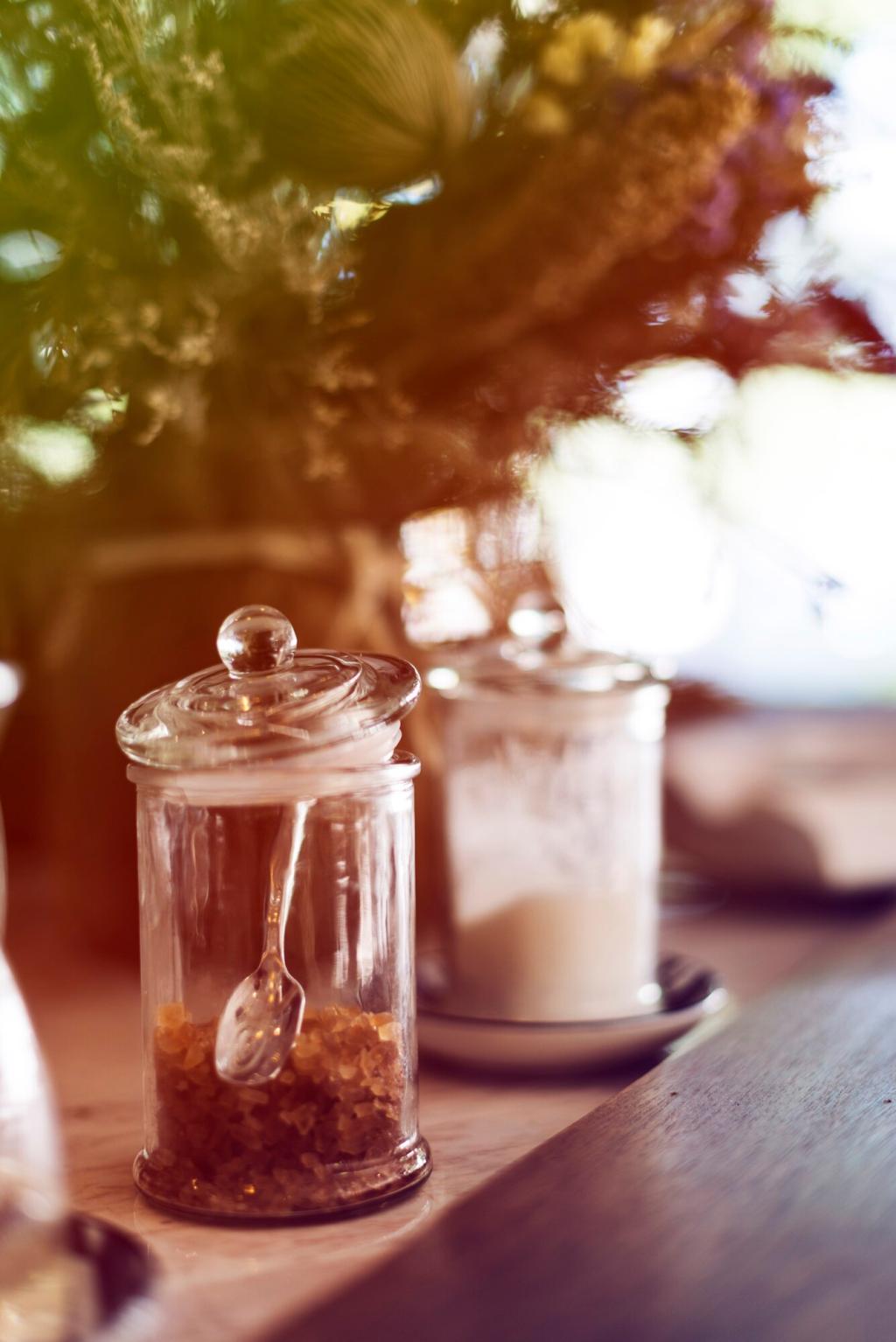The Mood Beneath the Mug: Color Psychology for Cafes
Terracotta, latte beige, and caramel whisper warmth and appetite, especially when paired with creamy whites and walnut wood. In our test pop-up, a caramel wainscot increased dwell time near the pastry case, and returning guests described the room as “soft and toasty.”
The Mood Beneath the Mug: Color Psychology for Cafes
Sage, eucalyptus, and dusty blue lower visual temperature and encourage unhurried conversations. These hues shine near windows, where daylight makes them breathe. A tiny corner bench in eucalyptus green turned into the “book nook,” with customers sharing quiet photos and tagging friends to meet there.
The Mood Beneath the Mug: Color Psychology for Cafes
Charcoal, ink, or deep bottle green creates visual gravity at the counter and back bar, helping queues form naturally. Use a 60-30-10 balance to keep the space open; heavy areas guide the eye without shouting, and signage remains legible from the door.



